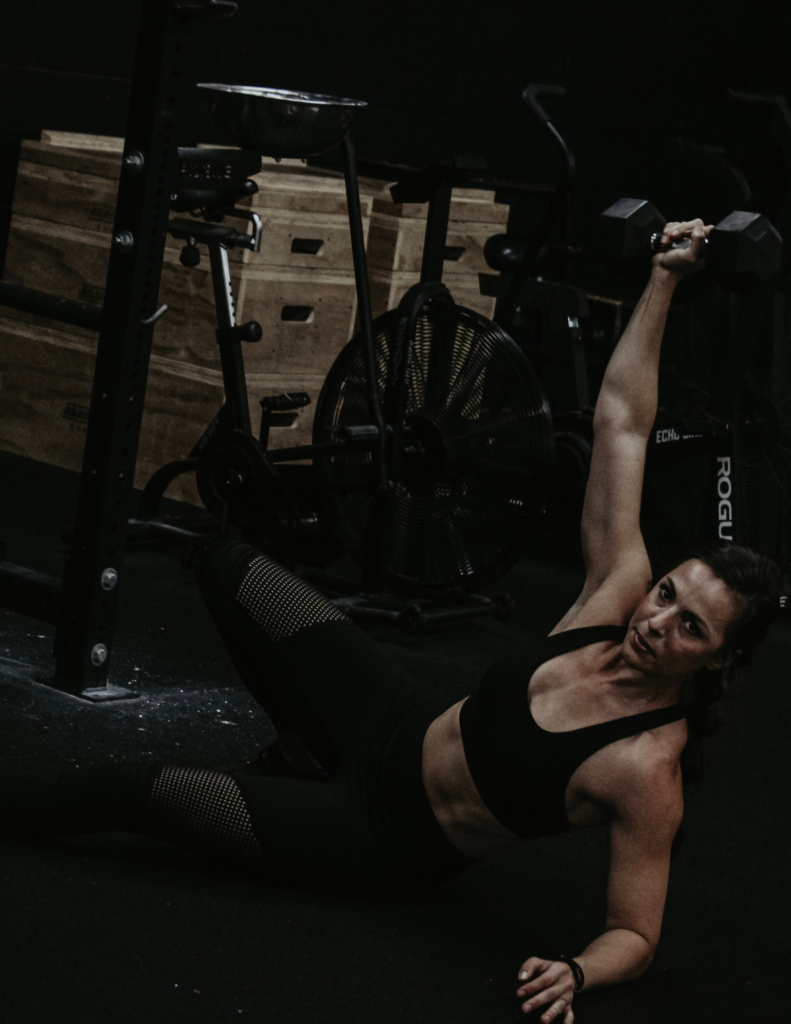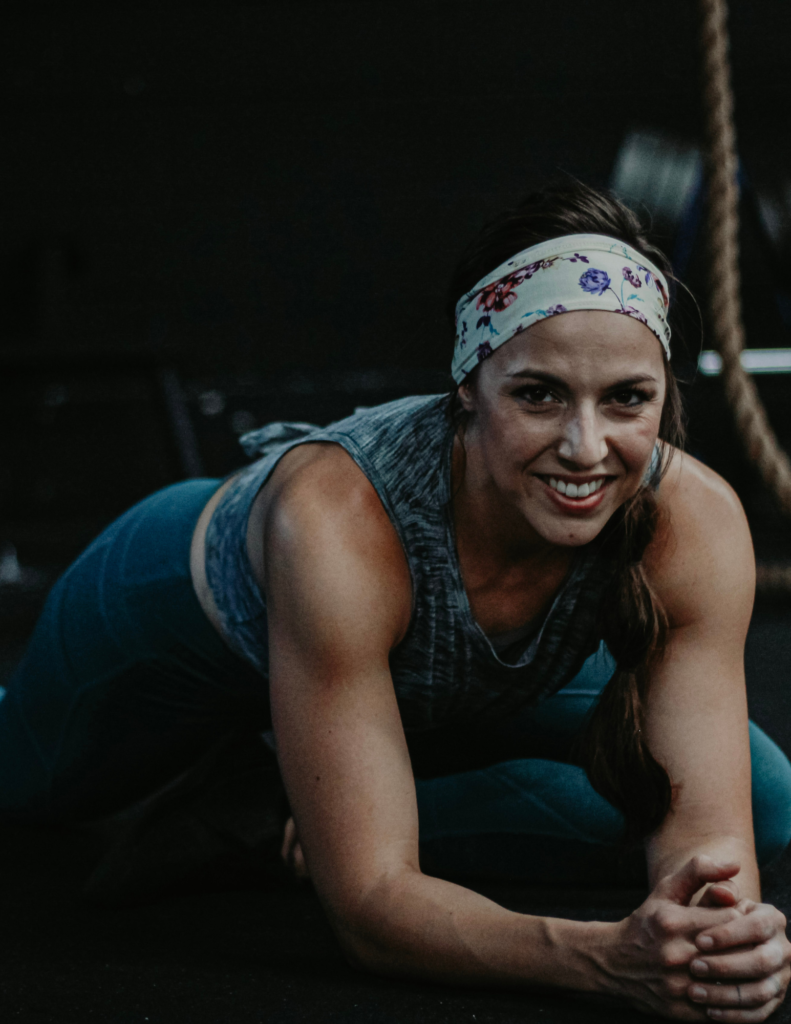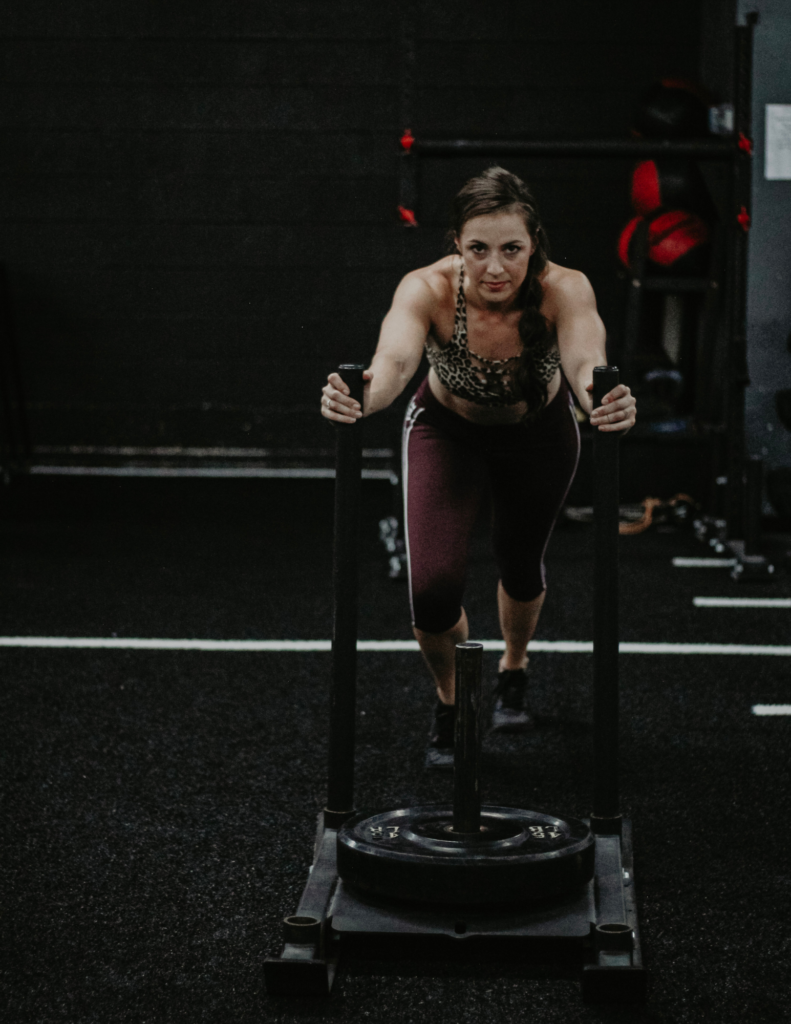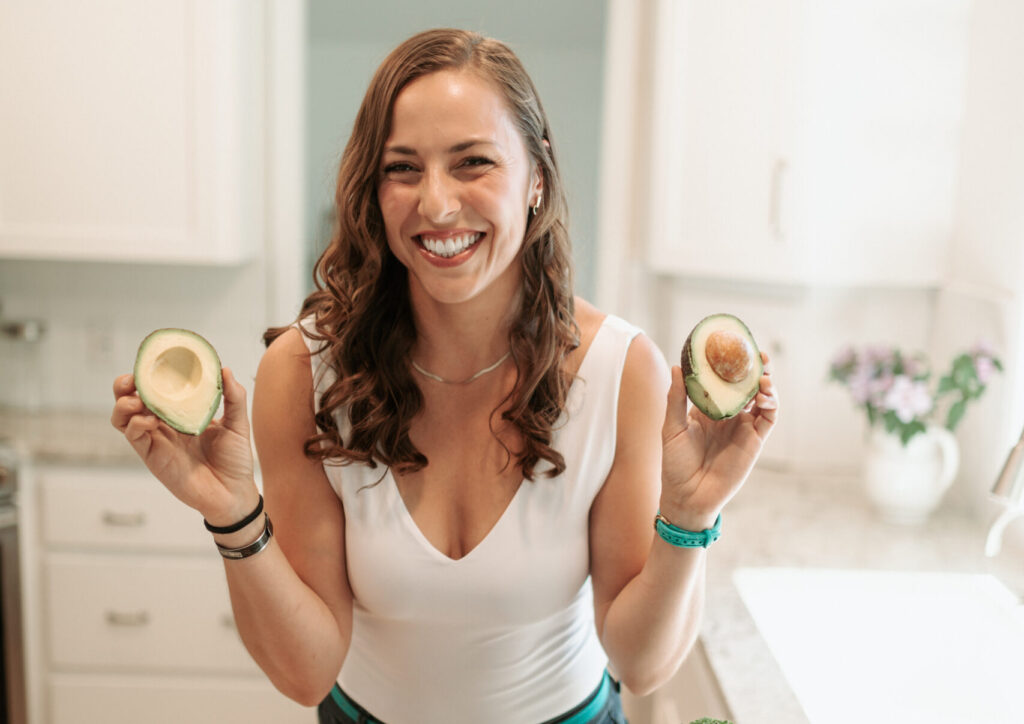
Supplements can be used to aid or enhance performance, diet adherence or fulfill macronutrient/calorie goals.
They can also be a huge waste of money… So what’s worth it?
This will look different for everyone depending on your goals, budget, and personal preference.
They’re not necessary for “health” and generally don’t do what they say they’re going to, but read on to make your own best decision.
Also, they’re not magic. Even steroids don’t work unless you do.
PROTEIN
A protein supplement can be great if you’re short on time or you’re struggling to reach your protein goals. The majority of your intake should be from whole foods, but this can help. There are quite a few different types at this point so here’s the down-low.
WHEY PROTEIN
Whey is a dairy-based protein – it makes up 20% of your average milk product. It is the most bioavailable, fastest digesting, most effective, and usually best-tasting protein supplement you can take. Studies have shown it to improve recovery time and reduce post-workout cortisol levels. The best quality ones will be a whey “isolate” vs “concentrate”, as the concentrates will have a higher percentage of carbs and fats left in the whey and not as pure of a protein supplement. They are also usually cheaper, so whichever one works best for your wallet is fine. My favorite is LEGION – code BDAVIS saves you 20%.
CASEIN
Casein is a protein that comes from dairy and it makes up the other 80% of the milk product that whey isn’t. It is a slow-digesting protein and levels of these amino acids can be found elevated in your blood up to 5 hours after consuming it, making it a great option before bed or if you know you’ll have a long break between meals. My favorite is LEGION – code BDAVIS saves you 20%.
PLANT-BASED
Plant-based proteins can be made from a variety of things. The best kinds are a pea & rice or quinoa combo because it creates a complete protein (will all the amino acids). It is slower digesting than whey protein but is a great option for those who can’t or don’t want to do dairy. My favorite is LEGION – code BDAVIS saves you 20%.
COLLAGEN POWDER
Studies have shown collagen supplementation to improve the health of joints, hair, skin, and nails. It is NOT a complete protein on its own, however, as long as you eat a variety of proteins throughout the day it doesn’t necessarily need to be. I like it because it’s flavorless and dissolves super well. [My favorite brand is ORGAIN: Code BDAVIS saves you 30%]
Other options: EGG WHITE PROTEIN POWDER, BEEF OR CHICKEN PROTEIN POWDER
If you don’t use or like the ones I’ve suggested (which is totally fine!) keep these things in mind when choosing a protein powder.
ABOVE ALL ELSE: IF YOUR PROTEIN INTAKE IS NOT ADEQUATE, TO BEGIN WITH, THESE WILL DO NOTHING. THEY HELP YOU REACH YOUR PROTEIN GOALS SO THAT MUSCLE BUILDING CAN OCCUR. WITHOUT THAT, THEY WILL NOT BE ANY MORE EFFECTIVE THAN A CHICKEN BREAST.
PRE-WORKOUT
A lot of claims have been made surrounding pre-workout & performance. The main substantiated effective ingredient is caffeine. So while blue raspberry blast might excite your taste buds, it’s doing little more than a good ole’ cup of coffee would do. There are also pre-workouts that do not contain any caffeine, making them minimally effective but do supply some other potentially effective ingredients such as:
CITRULLINE MALATE
This compound has been found to be effective in reducing muscle fatigue & increasing muscle energy (ATP) by up to 34% in various studies when taking 6g/day. It has also been found to increase blood flow, leading to faster muscle recovery & nutrient supply.
BETA-ALANINE
This amino acid has been proven to reduce acid build-up during high-intensity exercise, help boost the benefits of creatine and build muscle by allowing for more volume. If you’ve taken a pre-workout before you would recognize this ingredient by the tingling in your skin. 2-5g/day is the recommended dosage.
My favorite is LEGION – code BDAVIS saves you 20%.

FAT BURNERS
The only thing that burns fat is a caloric deficit. The most effective ingredient in any fat burner is simply caffeine, which increases your heart rate, which TECHNICALLY does burn more calories – but it’s negligible and not worth the price of the supplement in my opinion. I don’t recommend them.
CREATINE MONOHYDRATE (unflavored)/ (flavored)
This is one of the most studied and scientifically proven to enhance performance and recovery. Creatine is found naturally in high-protein foods like chicken and beef, so this supplement just gives you an extra boost of it. Look for pure monohydrate and no other ingredients, it should be cheap. Minimal side effects include bloating for some people (very rare). The suggested dosage is 3-5g/day, with no loading required. LEGION has a great post-workout creatine product that combines a couple of other recovery components [code BDAVIS]. Otherwise, you can get pure creatine from AMAZON.
PROBIOTIC
These are the good bacteria in your gut. We have them naturally occurring but supplementing can help aid in digestion. Sauerkraut, kimchi, and raw apple cider vinegar will provide the best (and cheapest) but any 50 billion count supplement is great for digestive health. Studies have shown probiotics to improve digestion, decrease bloating and increase nutrient absorption. LEGION has a great gut supplement. [code BDAVIS]
FISH OIL / OPTION 2
Fish oil contains Omega 3 fatty acids (see fats) which have benefits to the eyes, brain & reproductive health but also the heart & lungs. Most people have an imbalanced ratio of omega 3’s to omega 6’s which can create inflammation in the body, supplementing can help improve those ratios. Ideally, you want oil from small fish like anchovies or krill to minimize mercury content. I use LEGION.
Quality & testing is important when it comes to supplements because companies have been known to use fillers in products leaving you getting only a fraction of what the bottle says. All of these brands have been 3rd party tested for quality & transparency in their labeling. I am not a doctor and recommend that you consult your medical professional before taking anything. That being said, here are some supplements that I have found and used consistently and that I feel are beneficial to my performance and bodily maintenance as well as convenient for fast recovery. All of these supplements are also backed by scientific research. My recommendations are all natural with no added sugars, artificial sweeteners or fillers, and the best-tasting, best-priced supplements I have found. I am affiliated with a couple of these companies and do receive compensation from your purchases in my amazon links – however, I do not recommend what I do not use and believe in personally, so thank you for trusting me and helping support my business if you use those links!

WEIGHING – COOKED OR RAW?
Food nutrient profiles are based on the raw product so TECHNICALLY when weighing & measuring food it should be done raw. Meat specifically loses about 25% of its weight when cooked, so 4 oz of meat raw cooks down to 3 oz. It’s simple math, but to be honest, unless you’re competing in a bodybuilding competition and trying to get to sub 10% body fat, it won’t make much of a difference. My rule for this is whatever you do, BE CONSISTENT. That way, if adjustments are made to your macros the numbers not being 100% accurate don’t really matter as long as your changes are made in the same increments.
FRESH VS FROZEN VS CANNED FRUITS & VEGETABLES
As research shows us currently, despite fresh fruits & vegetables always being touted as best – there are no significant differences in the way foods are stored. Unless you are getting your fresh vegetables straight off the farm, they may actually be older and degraded more simply through shipment time to get to your grocery store than frozen or canned foods.
Things to look out for in canned & frozen foods include the following:
Otherwise, however, you prefer to eat/buy/store your vegetables shows no real benefit in one way or another. If you’re eating your vegetables at all, it’s probably progress;)
INTUITIVE EATING
Definition: Balanced eating habits developed through nutritional education, combined with your body’s own communication through hunger and fullness cues, as well as your own emotional desires for food.
Intuitive eating is the idea of freely eating without any constraints of “diet rules” or rigid macros. The concept of intuitive eating is great and it’s ultimately where this journey is going to take you. That being said, you can’t have optimal Intuitive eating, without first doing “Educated” Eating.
Our natural and instinctual eating habits are so far out of whack due to outside factors by the time we’re adults, that even the “healthiest” of people are generally not eating optimally.
A variety of factors influence our perceived “intuition” when it comes to eating. These include but are not limited to:
Knowing how your body feels with what foods and paying attention to, tracking and generally being very in tune with your body is a learning process that you will use forever. It’s not just about achieving “a look”.
We also want to make sure that you’re adequately fueling your body for the training you’re doing. I believe it takes at least 6-12 months of consistently tracking intake to be really comfortable and really ready to be successful with “intuitive eating”.
YOU CAN’T HAVE “INTUITIVE EATING” UNTIL YOU HAVE “EDUCATED EATING”.
To TRANSITION use the steps below
Step 1: Meal prep as usual and stick with most of your common foods/meals. Stock the house with foods that make you feel good and have them easily accessible.
Step 2: Keep a journal but instead of writing down what you ate – write down how you felt about what you ate. Were you really hungry? Was it good? Were you satisfied? How do you feel now?
Step 3: Listen to your body’s hunger cues, but going too long without eating can be detrimental – usually every 3-4 hours is good for balanced blood sugar.
Step 4: Eat slowly, chew well and pay even more close attention to when you’re actually full.
Step 5: Slowly, decrease the number of days that you track your food. – If you track every day and want to start with not tracking 2-3x/week you can ease out that way. – If you’re only tracking a couple days/week and you want to track once during the week with prepped meals but leave some flexibility. Slowly easing out of that.
Step 6: Eat what you know makes your body feel best – have the cake, but just one piece then go back to what you know.
Step 7: Take care of your body like you know you should be.
Focus on the basics.
How to track Alcohol
For tracking alcohol, there are a couple of different ways. Alcohol technically is 7 cals/gram vs 4 or 9 like all the other macros. You’ll notice that it says on the label (if it has one) that it’s 25g of carbs for example sake – normally that would be 100 calories (25g x 4 cals/g), but the calorie count should actually be 175 (25g x 7 cals/g). The best way to track that would be to evenly split it between fats and carbs, but you can also just give it to carbs. You’ll take the total calories, divide it by 2 then divide that number by 4 cals/g and by 9 cals/g to get equal portions of carbs & fats respectively.

Example:
Calories = 175
175/2= 87
Split between both 87/9 g fat = 9 g fat 87/4 g carbs = 21 g carbs
Just to carbs 175/4=44 g carbs
Then just add that in as a “custom food” in Myfitnesspal or other tracking apps.
You can decide how you want to drink based on the macros you have left, or whatever your preference is.
EATING OUT
Eating healthy doesn’t mean you can’t eat out. You may need to eat out differently than you have before, but this education surrounding restaurants and how to navigate them should help you make the best decisions for YOU!
In general, even if someone has a goal of weight loss and they plan to go out once/a week on a date night or with friends – my suggestion is just to eat consciously. Eat normally the rest of the day around that meal –if you want to leave a little wiggle room then aim for higher protein and lower fat & carb meals then order whatever you want, but chew slowly, eat until you’re full then stop.
If you’re going out more than once per week – you may need to make more intentional decisions about what you order.
The reality of it is that even if you ordered something that you would make at home, chances are it has way fatter sugar in it than if it was homemade. This is because it makes it “taste better” and makes you crave it more [see hyperpalatable].
With this in mind let’s talk about our best options.
Option 1– Look up the menu ahead of time and plug in the macros (estimate) of what you want to eat, then work your day around it.
Option 2– Order a la carte. Most restaurants will allow you to create your own meal by ordering for example:
Simple. Broken down by macros and is very easy to calculate. Always order sauces, toppings, or dressings on the side so you can know how much is going on your plate.
Option 3– Order a dish that is already balanced in this way. Here are some options by food type:
Breakfast: Egg white veggie omelet (any extras) side of fruit & hashbrowns
Mexican: Tacos or fajitas (account for extra fat in fajitas)
Italian: Pasta with Meatballs & salad w/ dressing on the side (eat the meatballs and portion out pasta)
Deli: Open-faced sandwich (or ditch the top piece) w/ fruit and/or side salad
Chinese: Beef & broccoli (again account for fats) w/ side of rice
Sushi: Sashimi with a side of rice
Burger: Ditch one or both buns, add a salad w/ dressing on the side
Indian: Tandoori Chicken – sides of veggies w/ sauces to eat sparingly
Thai: Veggie stir fry w/ chicken/beef/shrimp [account for extra fats]
Option 4– Depending on why you are going out (date night, girls’ night out, business), and how important reaching your goals are to you – you could also eat prior to going out, get a salad with dressing on the side, and follow it up with a sparking water w/ lime and call it a day!

Women’s Functional Nutritionist & Fitness Specialist along with CEO of Elysian Women’s Wellness.
God, family, fitness – in that order. Fitness isn’t my job, it’s my passion. My favorite things include traveling the world, being a mama and making a difference.
14 years of experience in the wellness industry has brought me to an understanding that when you’re ready – you’ll do it. So when you are, we’re here to keep you simply well.
The last “program” you’ll ever buy. Your individualized training & nutrition plan that teaches the why & how to create lasting changes with me by your side every step of the way!

Error: No feed found.
Please go to the Instagram Feed settings page to create a feed.
Level 0, 1, 2 & 3: Level Up your workouts with beginner to advanced plans designed with a focus lift each month, progressive overload, instructional videos & all inclusive training & nutrition guides.
Copyright ©2025. Gamechanger
A BRANDT CREATIVE CO. TEMPLATE. Trusted by Wimgo.